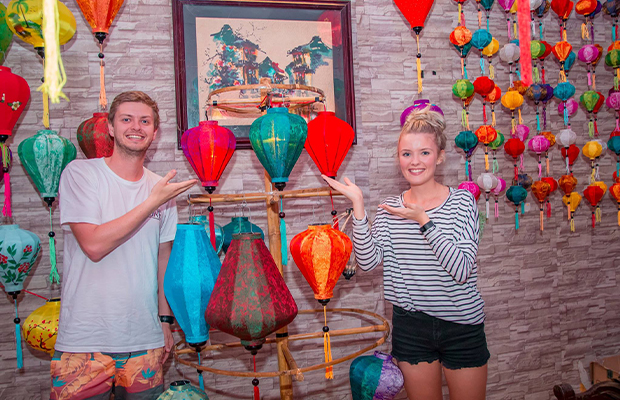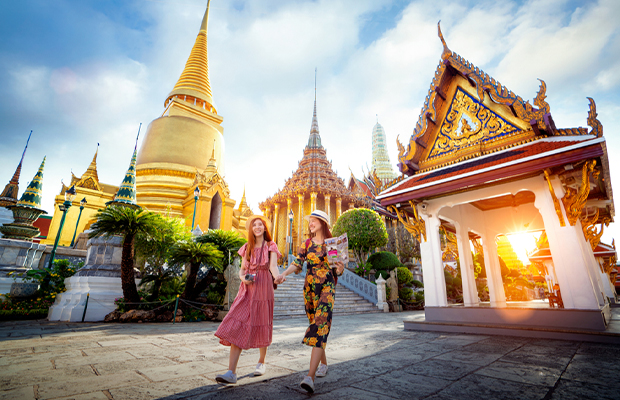What’s the Best and Worst Time to Visit Southeast Asia Countries?
Southeast Asia has a tropical climate, mostly split into rainy and dry seasons, with warm weather year-round. The best time to visit is generally between November and February when the weather is dry and comfortably warm in most countries. The rainy season usually runs from June to October.
However, since the climate can vary across the region, the best time to visit really depends on which country you're going to and what activities you'd like to do. Keep reading our guide for more details on the best and worst times to visit each country in Southeast Asia.
![]() Tropical Climate in Southeast Asia: Dry, Rainy, & Hot Season
Tropical Climate in Southeast Asia: Dry, Rainy, & Hot Season
![]() December to February is the Best Time and Peak Season to Travel to Southeast Asia
December to February is the Best Time and Peak Season to Travel to Southeast Asia
![]() November to April Is the Best Time for Festivals and Events in Southeast Asia
November to April Is the Best Time for Festivals and Events in Southeast Asia
![]() May to October is the Rainy Season: The Cheapest Time to Visit with Less Crowds
May to October is the Rainy Season: The Cheapest Time to Visit with Less Crowds
![]() March to May is humid and the Worst Time to Visit
March to May is humid and the Worst Time to Visit
![]() Southeast Asia Weather by Month: Find Your Best Time to Visit
Southeast Asia Weather by Month: Find Your Best Time to Visit
Tropical Climate in Southeast Asia: Dry, Rainy, & Hot Season
Geography, elevation, and the monsoon winds play big roles in shaping the local climates. The monsoon winds play the most dramatic one, bringing moist air from the Indian Ocean in summer and dry air from the Asian continent in winter.
Thailand, Laos, Vietnam, Cambodia, Myanmar, and the Philippines have three seasons:
Dry season: November to February
Hot season: March to May
Rainy season: June to October
Malaysia, Indonesia, and Singapore have two seasons:
Dry season: April to September
Rainy season: October to March
The monsoon winds bring the rainy and dry seasons to Southeast Asia at different times. In Thailand, Laos, Vietnam, Cambodia, Myanmar, and the Philippines, the dry season lasts from November to February.
Malaysia, Singapore, and Indonesia have their rainy season from June to October. Often, the rain is only a brief downpour later in the day, but tropical storms and even flooding can occur during the season. The rest of the year is the dry season when skies are clear, and humidity is lower.
Temperatures follow their own season pattern. The hottest weather tends to be from March to May. Daytime peaks can be in the high 30s and feel hotter when this occurs during the wet season. It is a warm part of the world, and year-round averages range between 20°C to 35°C.
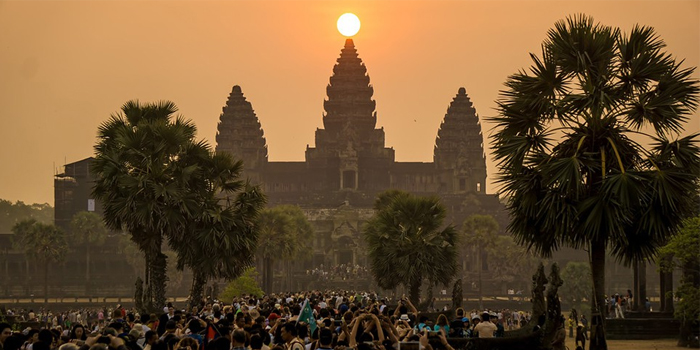
The Spring equinox in March is one of the best time to see the sunrise of Angkor Wat.
December to February is the Best Time and Peak Season to Travel to Southeast Asia
The best time to visit much of Southeast Asia is during the drier, cooler months from December to February. Rain is minimal in the continental countries letting you enjoy the outdoors with minimal disruptions. Cooler weather in the low to mid-20s and lower humidity create pleasant conditions, whether you’re exploring the bustling streets of Ho Chi Minh City or relaxing on a beach in Phuket.
The peak travel season creates a lively atmosphere in the big cities and popular destinations, but hotels and tours fill up quickly. It’s best to make travel arrangements early to avoid paying the highest peak season prices and to secure the itinerary you’re looking for.
November to April Is the Best Time for Festivals and Events in Southeast Asia
Festivals and events are one of the best ways to immerse yourself in local culture. Some of the most important celebrations take place from November to April.
You won’t want to miss New Year’s events like Tet in Vietnam. The lunar New Year is in January or February, and markets with festivities and traditional rituals.
Buddhist New Year’s falls in April. Called Songkran in Thailand, it’s an exciting water festival with joyous activities. Water is also a part of Khmer New Year in Cambodia with fun water fights taking place in the streets.
|
Month |
Event |
Country |
Festivities |
|
November |
Loy Krathong |
Thailand |
Known as the festival of lights. People set glowing lanterns into the air and adrift on rivers. |
|
Yi Peng |
Primary held in Chiang Mai, the lantern festival lights up the banks of the Ping River. |
||
|
Water Festival |
Cambodia |
Marks the end of the rainy season with boat races and lively festivities. |
|
|
Independence Day |
The country’s independence from French colonial rule is primarily celebrated in Phnom Penh with parades and fireworks displays. |
||
|
Boun That Luang |
Laos |
The most sacred festival honoring the golden stupa of That Luang in Vientiane. |
|
|
Taunggyi Balloon Festival |
Myanmar |
A spectacle featuring giant paper balloons during the Tazaungmon full moon. |
|
|
January |
Tet |
Vietnam |
The Vietnamese New Year, celebrated with various traditions and festivities. Falls in January or February. |
|
February |
Boun Khao Chi |
Laos |
A day to commemorate the teachings of Lord Buddha with temple ceremonies and parades around the country. |
|
March |
Shwedagon Pagoda Festival |
Myanmar |
A celebration of Myanmar's most revered pagoda. |
|
April |
Songkran |
Thailand |
Buddhist New Year. It is celebrated with a huge water festival and joyous activities. |
|
Hue Festival |
Vietnam |
Held in April or May, it is a biennial celebration showcasing Vietnam's rich history and culture. |
|
|
Khmer New Year |
Cambodia |
A festive celebration involving cleaning, decorating, and splashing water. |
|
|
Pimai Lao |
Laos |
Lao New Year is celebrated with cleaning, decorating, and water splashing. |
|
|
Thingyan |
Myanmar |
The Burmese New Year is celebrated with lively water splashing.
|
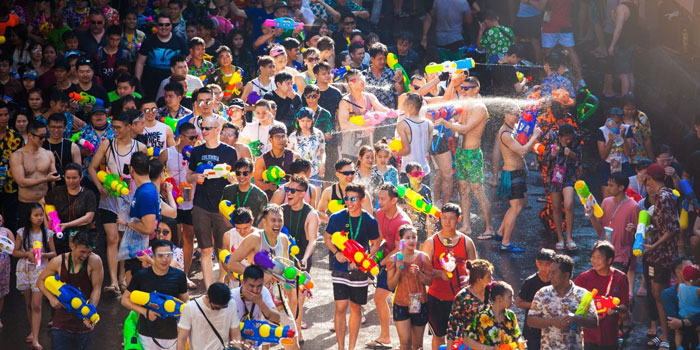
Tourists have fun shooting water guns at the Songkran festival.
May to October is the Rainy Season: The Cheapest Time to Visit with Less Crowds
Fewer people travel to Southeast Asia during the rainy season, but it is one of the best times for budget travelers. Rains are often brief, falling later in the afternoon or evening. Travelers can still enjoy the beaches, jungles, and city streets under clear skies earlier in the day. Great discounts are available for hotels and tours during this time as businesses try to attract customers. If you don’t mind some wet weather, it’s possible to save 30-50% on some bookings.
The low travel season is also a quieter time. Popular attractions can still be busy, but there will be fewer tourists. It can be a more authentic experience with more opportunities to interact with locals and enjoy a peaceful atmosphere at many sites.
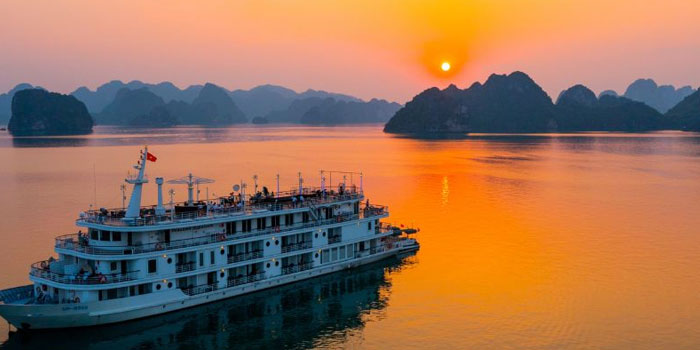
Visit Halong Bay in September.
March to May is humid and the Worst Time to Visit
Heat and rain combine for high humidity, which can make for uncomfortable outdoor weather from March to May. Average highs across the region are from 30-35°C, with a very high chance of precipitation each day. By May and June, overcast skies are common.
During the hottest periods, it can be unpleasant to spend long periods outdoors. There is a chance of heatstroke, and dehydration can occur quickly. Limit outdoor activities to the morning and evenings when temperatures are lower.
Make sure to drink lots of water and stick to the shade whenever possible. Cloudy weather can make people feel protected from the sun, but it is still important to wear sunblock as UV rays can pass through overcast skies.
Southeast Asia Weather by Month: Find Your Best Time to Visit
The climate in Southeast Asia can be different from one country to another. If you're visiting just a few countries, it's important to check the weather for each one before you go. This will help you plan your Southeast trip better and avoid any surprises.
Southeast Asia Travel Recommendations:
|
Destination |
Jan. |
Feb. |
Mar. |
Apr. |
May |
Jun. |
Jul. |
Aug. |
Sep. |
Oct. |
Nov. |
Dec. |
|
Cambodia |
Best |
Best |
Best |
Good |
Good |
Good |
Good |
Good |
Good |
Ok |
Best |
Best |
|
Indonesia |
Good |
Good |
Good |
Best |
Best |
Best |
Best |
Best |
Best |
Best |
Good |
Good |
|
Laos |
Best |
Best |
Best |
Good |
Good |
Good |
Good |
Good |
Ok |
Good |
Best |
Best |
|
Malaysia |
Good |
Best |
Best |
Best |
Best |
Best |
Best |
Best |
Good |
Good |
Good |
Good |
|
Myanmar |
Best |
Best |
Best |
Best |
Good |
Ok |
Avoid |
Avoid |
Avoid |
Good |
Best |
Best |
|
Singapore |
Good |
Good |
Good |
Good |
Good |
Good |
Best |
Best |
Best |
Best |
Best |
Best |
|
Thailand |
Best |
Best |
Best |
Good |
Good |
Good |
Good |
Good |
Good |
Good |
Best |
Best |
|
The Philippines |
Best |
Best |
Best |
Best |
Best |
Ok |
Avoid |
Avoid |
Avoid |
Avoid |
Ok |
Good |
|
Vietnam |
Good |
Best |
Best |
Best |
Good |
Good |
Good |
Good |
Good |
Good |
Best |
Best |
Visit Southeast Asia in January
January has excellent weather across the northern part of the region. Cool conditions with sunny skies are ideal for visiting the beaches of Thailand or Malaysia. The Lunar New Year celebrations in Vietnam create a festive atmosphere, and Chinese New Year celebrations take place around the region.
Visit Southeast Asia in February
Good weather continues for the continental Southeast Asian countries. Comfortable outdoor conditions and high water levels in Tonle Sap and Mekong Rivers make it a good time to explore Angkor Wat and the area around Siem Reap. Myanmar has good trekking weather, and the best beaches in Thailand, Vietnam, and Cambodia are sunny and warm.
Visit Southeast Asia in March
Halong Bay in Vietnam is stunning this month, book well in advance to enjoy the clear skies and emerald waters. Thailand starts to heat up but the northern region around Chiang Mai remains cool. The beaches of Boracay and Palawan in the Philippines have ideal conditions for enjoying water activities.
Visit Southeast Asia in April
April is the shoulder season on the continent. The dry weather is ending, and temperatures are rising. Good deals on tours and accommodations are starting to pop up, and it’s a good time for a quieter holiday in Thailand, Vietnam, and Cambodia with some good weather.
Visit Southeast Asia in May
Excellent beach weather has finally arrived in Indonesia. Enjoy the long hours of sunshine in Bali or Lombok. The east coast of Thailand and Malaysia are still nice to visit. If you’re looking for snorkeling or diving adventures, there are many destinations to choose from.
Visit Southeast Asia in June
The monsoon rains start to arrive on the continent. The coastal regions of Myanmar are wet, but you can still enjoy the central area around Bagan. It’s peak diving season in Malaysia, and dry weather makes it a good time for trekking in Indonesia.
Visit Southeast Asia in July
Indonesia and Malaysia have some of their best weather, but peak travel season also brings higher prices and busy attractions. It’s rainy on the continent. Showers are heavy but often brief in Thailand and Cambodia. You can still enjoy the lush landscapes in the mornings and early afternoons.
Visit Southeast Asia in August
Central Vietnam gets occasional typhoons and heavy rains. The south is also wet and hot. The weather is perfect in Indonesia. Hike the jungles of Bali or explore temples like Borobudur in Yogyakarta. The east coast of Malaysia has great beach weather.
Visit Southeast Asia in September
Crowds are starting to get smaller in Indonesia while good weather continues. The golden colors of harvest season and drier weather make it an excellent time to go trekking in Sapa, in northern Vietnam. It is also starting to get drier in the south. Explore the Mekong Delta with the return of sunny weather while the vegetation remains lush from the summer monsoon.
Visit Southeast Asia in October
October is the shoulder season for Laos, Cambodia, and Myanmar. Prices are lower, and fewer tourists can help you have a more authentic experience. Northern Vietnam is sunny and dry. The weather is nice for exploring Hanoi’s Old Quarter or taking a cruise of Halong Bay.
Visit Southeast Asia in November
Ideal weather has arrived in Thailand, Cambodia, Laos, and Myanmar. Enjoy the dry, warm weather while cruising the Mekong River or visiting the floating villages of Tonle Sap Lake. Everywhere in Vietnam is pleasant, from the cooler mountains of Sapa to the tropical paradise of Phu Quoc.
Visit Southeast Asia in December
It is peak season in much of the region. Vietnam, Laos, Cambodia, Myanmar, and Thailand have some of their best weather. There are endless sunny days, and cooler temperatures make it perfect for exploring the outdoors. Book as early as possible, especially around Christmas, as tourists flock to the region to escape the winter in colder countries.

December is one of the best months to enjoy beaches in Phuket.
Conclusion
Tropical weather is a big attraction in Southeast Asia for many tourists. During the dry season, you can experience clear blue skies and sunny weather with comfortably warm temperatures. The rainy season often only has minor disruptions and can still be a great time to visit for budget travelers.
Similar climates in the continental countries make planning a combined tour of Vietnam, Thailand, Cambodia, Laos, or Myanmar simple. See the diverse cultures and landscapes of the region while enjoying great weather and exciting festivals. Take a short, private tour to visit the main highlights, or plan an extensive trip through the region. We are experts at customizing perfect itineraries for any traveler, contact us anytime for more information.
More Related Indochina Travel Planning Articles
Most Popular Indochina Tour Packages
-
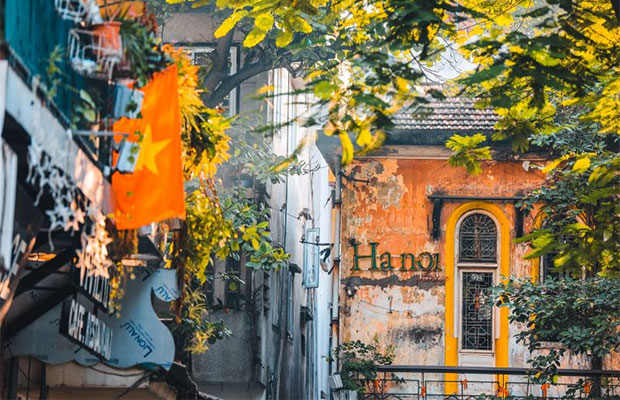
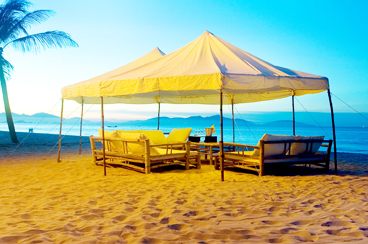 13 Days Glimpse of Vietnam Cambodia Laos Thailand and Myanmar Tour
13 Days Glimpse of Vietnam Cambodia Laos Thailand and Myanmar TourHanoi – Siem Reap – Luang Prabang – Bangkok – Yangon
During this period, you will visit the hottest cities, including Hanoi, Siem Reap, Luang Prabang, Bangkok, and Yangon. What ...
-
.jpg)
 32 Days Cambodia Laos Vietnam Myanmar and Thailand Tour with Beach Relaxing
32 Days Cambodia Laos Vietnam Myanmar and Thailand Tour with Beach RelaxingSiem Reap – Battambang – Phnom Penh – Vientiane – Luang Prabang – Hanoi – Sapa – Halong Bay – Hanoi – Yangon – Mandalay – Bagan – Mandalay – Bangkok – Khao Sok – Koh Phangan – Koh Samui – Phuket – Phi Phi Island - Phuket
A 32-day trip to five Southeast Asian countries provides you with a variety of different experiences. You can hike in Sapa ...
-
.jpg)
 34 Days Thailand Cambodia Vietnam Laos and Myanmar Tour with Mekong Cruise
34 Days Thailand Cambodia Vietnam Laos and Myanmar Tour with Mekong CruiseBangkok – Siem Reap – Phnom Penh – Saigon – Hoi An – Hanoi – Sapa – Halong Bay – Vientiane – Vang Vieng – Luang Prabang – Pak Beng – Huay Xai – Chiang Rai – Chiang Mai – Mandalay – Bagan – Inle Lake - Yangon
A 34-day, nearly one-month trip to Southeast Asia will be an excellent choice for you to relax and unwind. Many tourists ...
-
.jpg)
 37 Days Best of Myanmar Thailand Cambodia Vietnam and Laos Tour
37 Days Best of Myanmar Thailand Cambodia Vietnam and Laos TourYangon – Mandalay – Bagan – Mandalay – Bangkok – Siem Reap – Sihanoukville – Koh Rong Island – Phnom Penh – Saigon – Da Nang – Hoi An – Hanoi – Halong Bay – Hanoi – Luang Prabang – Pak Beng – Huay Xai – Chiang Rai – Chiang Mai - Phuket
A more than one month trip to Southeast Asia awaits you to explore. An ultra-long journey is suitable for travelers who have ...
Ask Us A Question For Free

.gif)
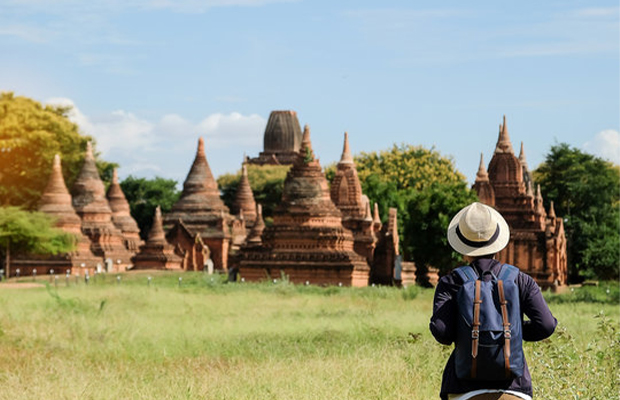
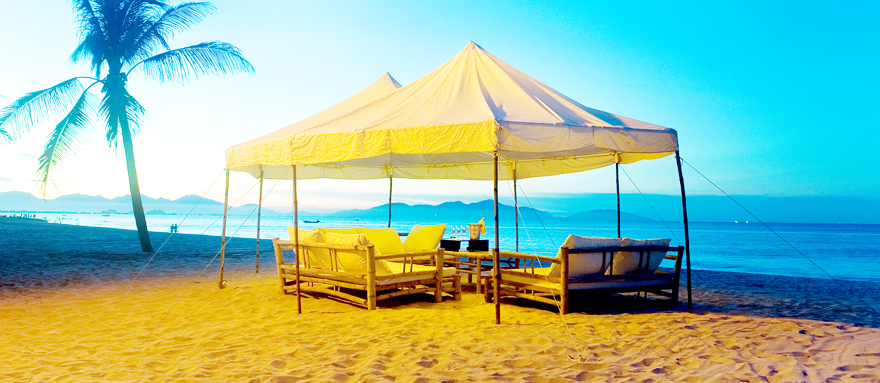
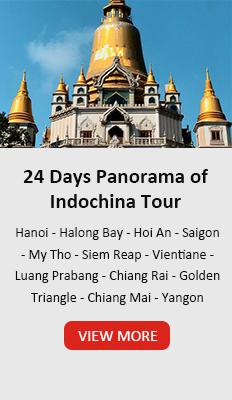
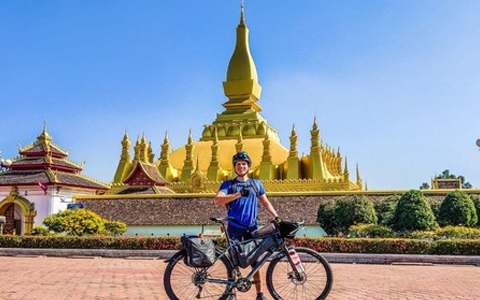
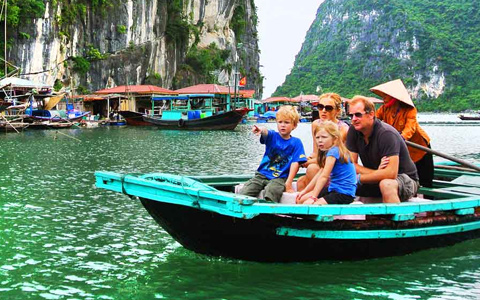
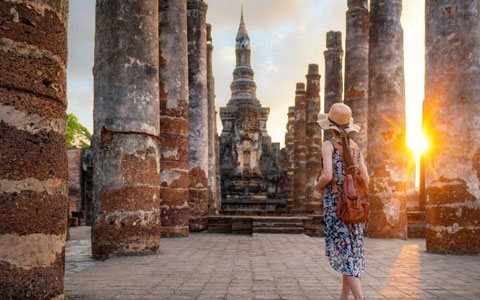
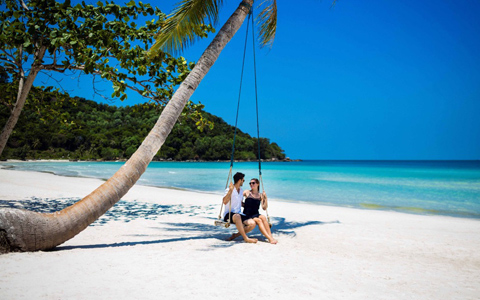
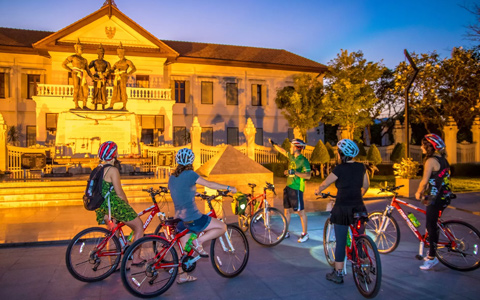
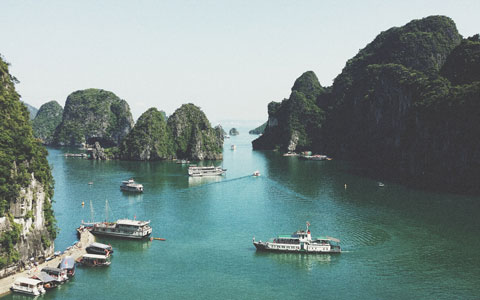
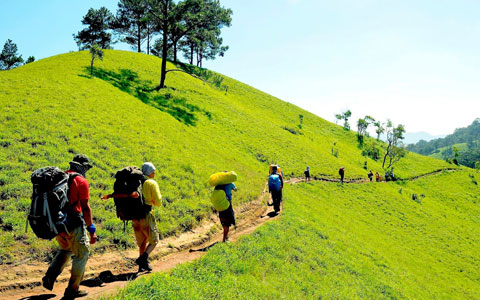
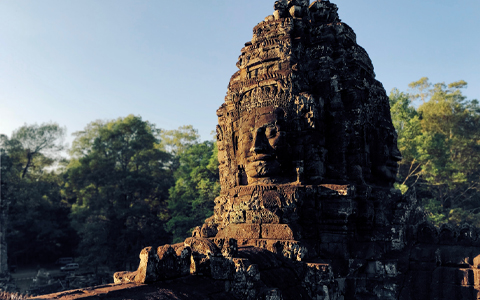
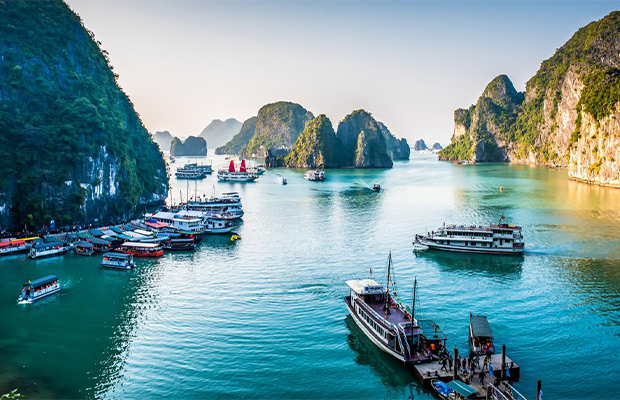
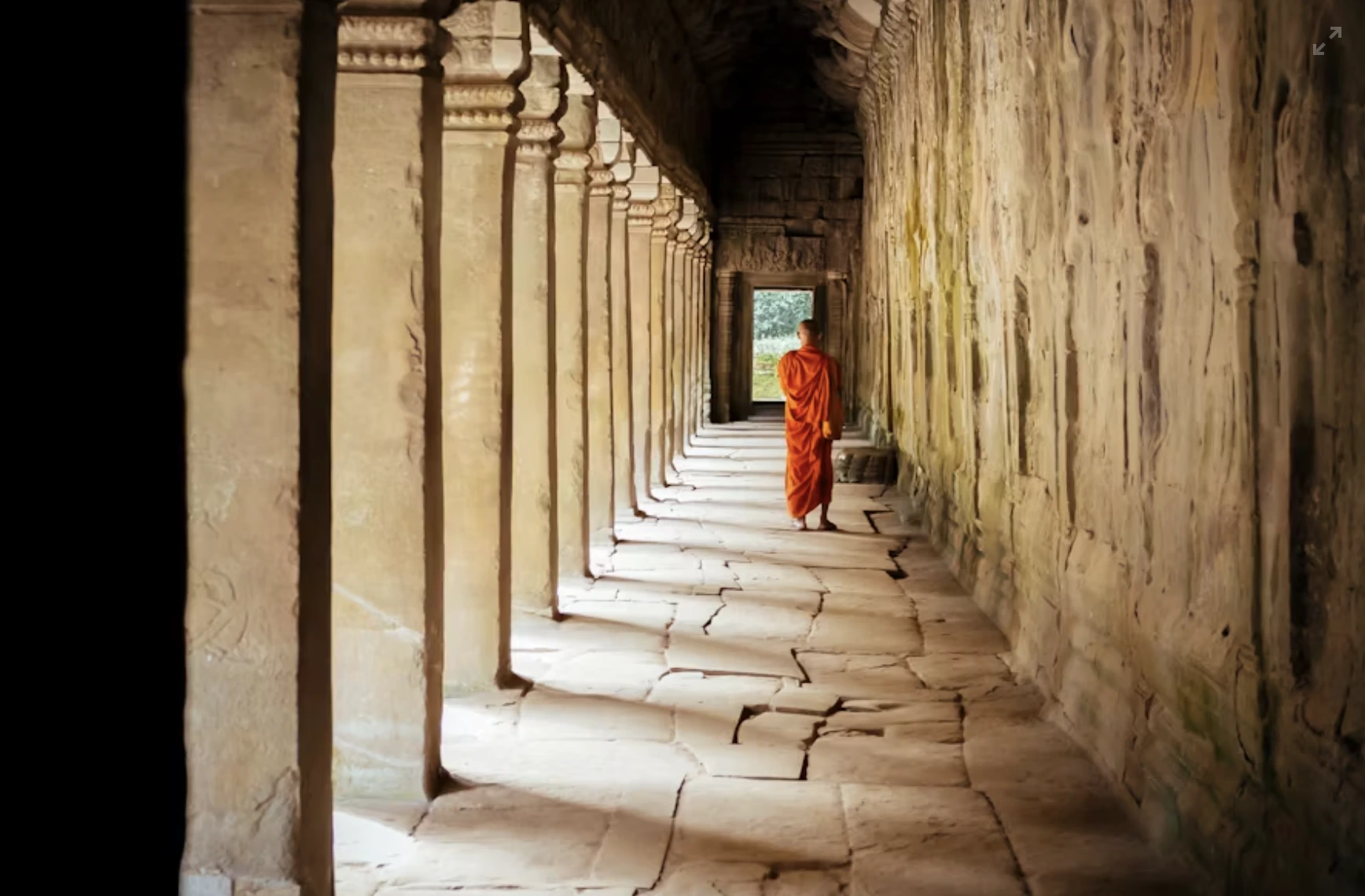
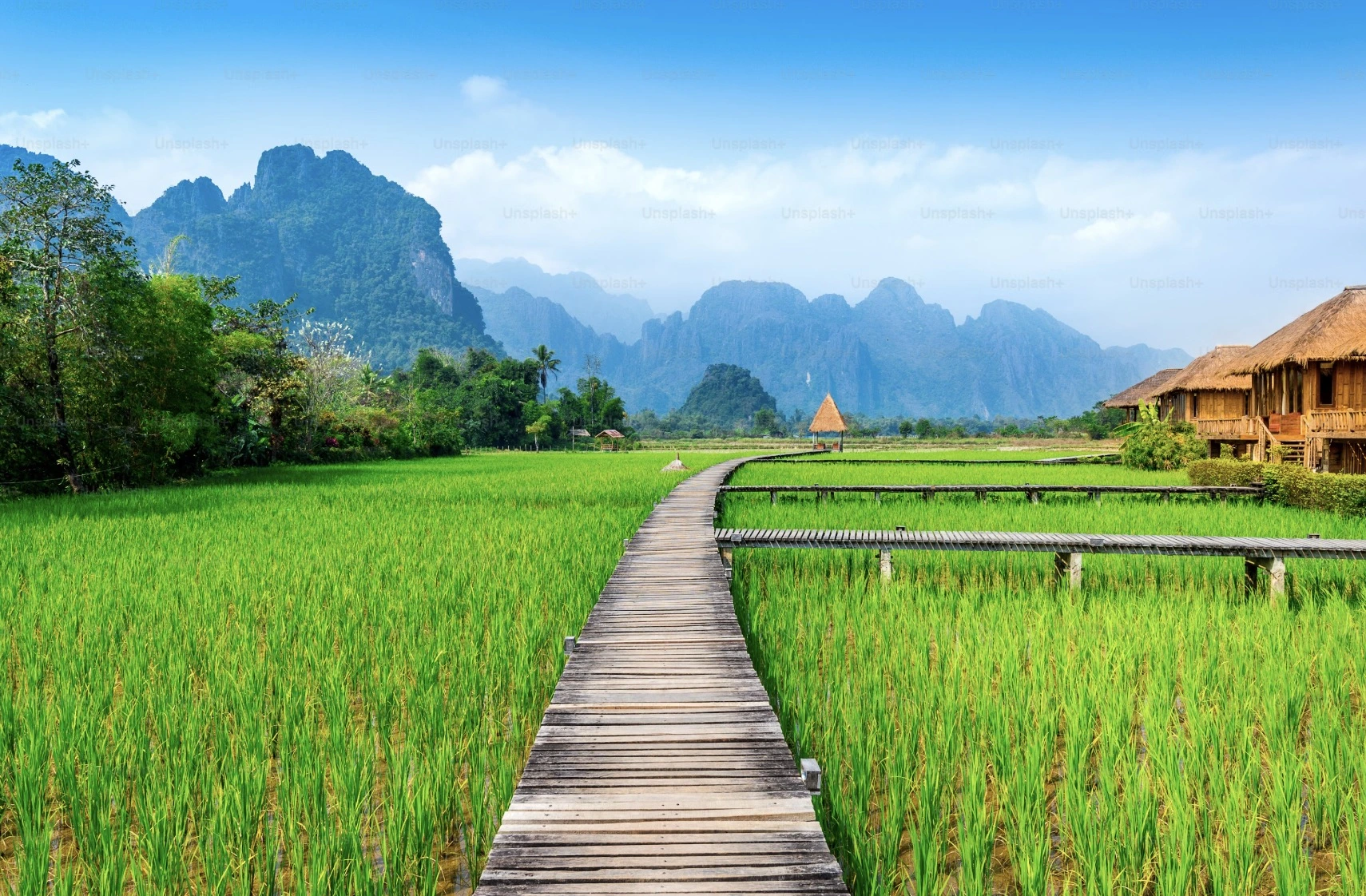
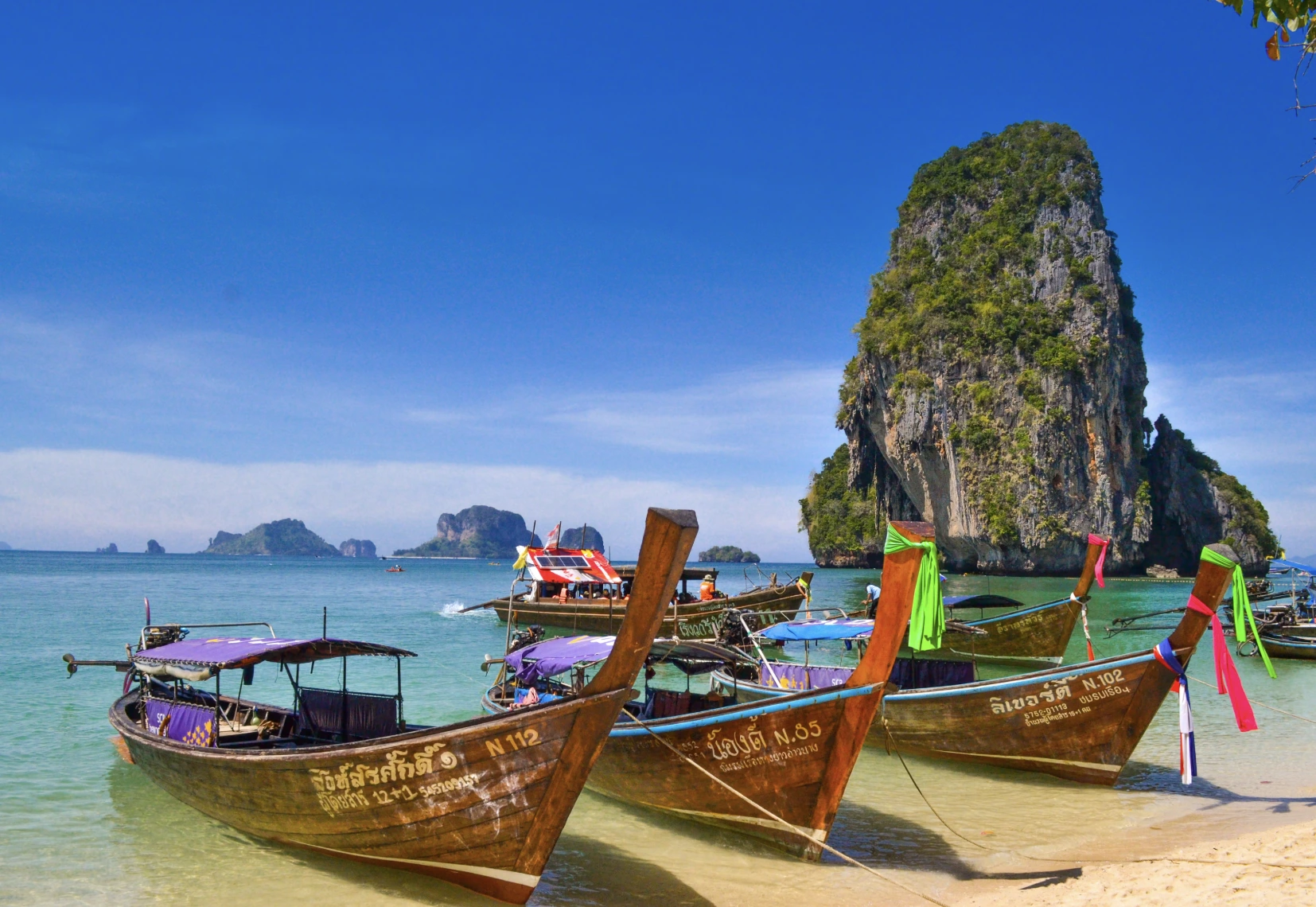
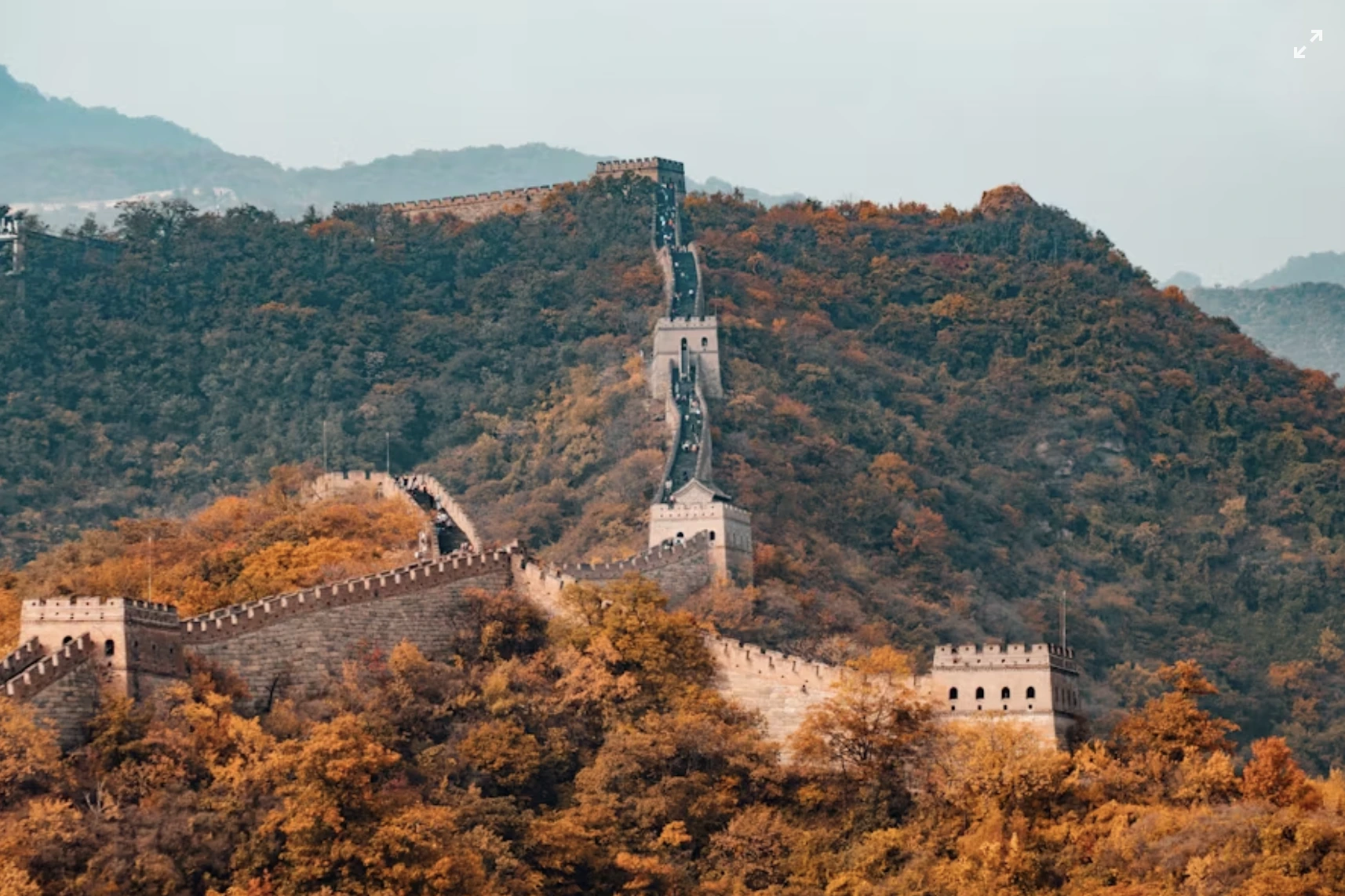


















.jpg)
